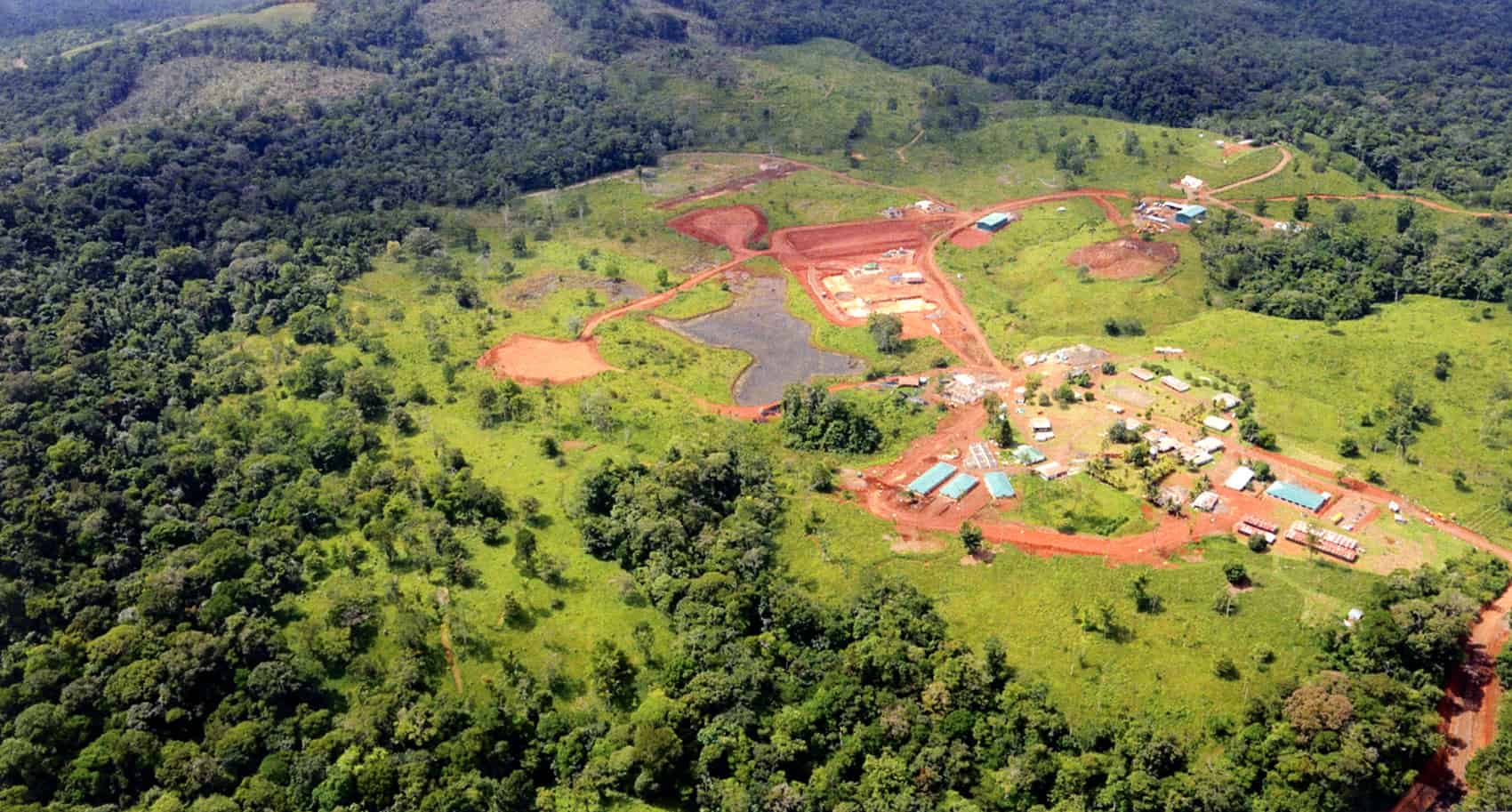A recent study by the National University (UNA), through its Institute for Studies on Toxic Substances, warned of a “very probable” and “significant” affectation of aquatic ecosystems at Crucitas, which has been contaminated by mercury used by illegal mining groups to extract gold from the area.
The institution took samples of fish, plants, water and sediments, inside and outside the areas that are being used for illegal mining (from the Caño Crucitas micro basin and the lower Infiernito river basin to its mouths in the river San Juan), igniting alarms about a probable and “important affectation of the aquatic ecosystem, both local and downstream.”
According to the preliminary study, dated Sept. 19, “the highest levels (of mercury) were present in the samples taken directly in the impact areas.” However, “the high removal of soil material, the expansion of the water bed by the amount of sediment in suspension, the release of organic matter, all in combination with heavy rains in the area, would generate a displacement of mercury” in the zone.
The study was carried out at the request of the Ministry of Environment and Energy, and the objective was “to identify the presence of mercury in the affected area.”
The report says it will seek to “a second phase of long-term monitoring of the environmental behavior of biota, water and soil, as well as of residents in direct or indirect contact with the metal” to “identify the areas of greatest risk and to support with scientific data the actions of the state entities.”
Concerns about health impacts in the area have existed since the beginning of 2017, when the presence of non-sanctioned mining groups in the area increased.
Crucitas was the planned mine location for Canadian company Infinito Gold during the administration of President Óscar Arias. However, that initiative was suspended in 2010 after pressure from activist groups, academics and environmentalists, who questioned the imminent environmental impact a gold mine would have in the country.
However, the territories are now overrun by amateur gold-seekers, who use mercury to amalgamate the gold they extract from the stone fragments in the area.
The UNA report says mercury is “a highly toxic metal, both due to its easy migration between different environmental behaviors, as well as its persistence and ability to bioaccumulate, biomagnify and to form organic compounds.”
This, warns the document, is a “potential risk” for birds, otters, sloths and other species that feed on affected fish and plants, whose exposure to mercury — once ingested — can cause behavioral disorders and health problems.
In addition to all these damages, the specialists of the UNA determined that the gold miners generate other environmental damages in the surrounding wetlands, where they wash rocky material in the gorges, undermine roots of the trees, widen channels 10 times or more their original width, remove substrates and leave plastic trash.
The report was released on in mid-December by the faction of the National Liberation Party (PLN) in the Legislative Assembly, where its head, Carlos Ricardo Benavides, denounced “the attention of the current authorities” who feel the results of “the previous government, which allowed hundreds of illegal gold minders to enter that area and have been amassed large businesses through illegal extraction.”

This story was originally published by Semanario Universidad. It was translated with permission by The Tico Times. Read the original report here.









